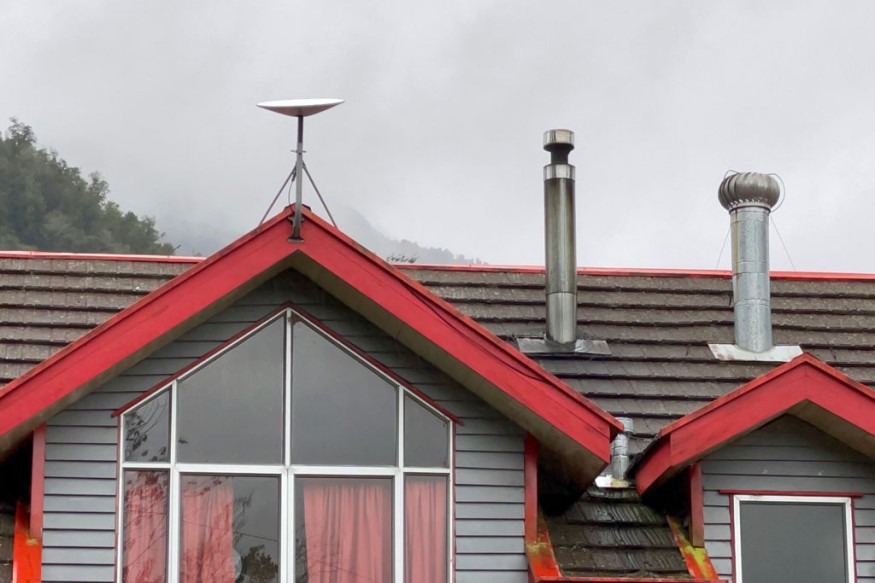Elon Musk said on Monday that SpaceX had shipped around 100,000 Starlink dishes that could send internet down from 1,650 satellites in space.
The dishes connected to the Starlink satellites are included in the $499 Starlink kit that consumers get when they subscribe to the service.
100k terminals shipped!https://t.co/Q1VvqVmJ2i
— Elon Musk (@elonmusk) August 23, 2021
Starlink Now Live in 14 Countries!
Elon Musk mentioned in a follow-up tweet that Starlink currently serves consumers in 14 nations, marking the countries with flag emojis.
According to Musk's tweet, these countries include Australia, Canada, New Zealand, United States, and ten European countries.
Now serving 🇺🇸 🇨🇦 🇬🇧 🇩🇪 🇫🇷 🇦🇹 🇳🇱 🇮🇪 🇧🇪 🇨🇭 🇩🇰 🇵🇹 🇳🇿 🇦🇺
— Elon Musk (@elonmusk) August 23, 2021
In a third tweet, he stated that their licensing applications are still waiting in several nations. Musk also expressed his desire to "serve Earth soon."
Business Insider said Starlink aims to launch up to 42,000 satellites by mid-2027.
@tweet|https://twitter.com/elonmusk/status/1429924523822829571@
It's unclear if the 100,000 number refers to Starlink's current user base.
The public beta test for Starlink, dubbed "Better Than Nothing Beta," began in October. Subscriptions have increased dramatically in recent months. Starlink added 20,000 new customers in June and July, increasing its subscriber base by 30 percent.
Starlink Had Around 90,000 Subscribers in 12 Countries
According to CNBC, Musk's aerospace business stated in a call with Federal Communications Commission (FCC) authorities that Starlink had 90,000 subscribers in 12 countries at the end of July.

Musk said in a tweet Starlink reached "the strategically significant level of 69,420 active users" in June.
Starlink simultaneously active users just exceeded the strategically important threshold of 69,420 last night!
— Elon Musk (@elonmusk) June 25, 2021
The number of users increased from 10,000 in February to 15,000 in March.
Starlink Wants to Bring High-Speed Internet, But Satellites Bother Astronomers
Gizmodo said Starlink's mission is to bring high-speed internet to remote places where it is exceedingly difficult to find. Its aim is to deploy thousands of low-orbit satellites, which sets it apart from other satellite internet providers.
The decreased latency of these low-orbit satellites makes Starlink a viable option to 5G and fiber in distant locations.
Customers who subscribe to Starlink pay $99 per month plus $499 upfront for a package that includes a WiFi router, tripod, and a satellite terminal.
When Starlink was debuted, SpaceX warned customers via an email that speeds might range from 50 to 150 megabits per second (Mbps).
While Gizmodo noted that early speed tests yielded mixed results, another Gizmodo report cited a more recent Ookla test revealed that Starlink is almost as fast as broadband speeds.
While Starlink provides a valuable service to rural communities, it is not without flaws. Astronomers have been irritated by the satellites, which accidentally photobomb long-exposure space photographs due to their shiny surfaces. Gizmodo said while SpaceX has made progress with a newer anti-reflective coating, astronomers believe it is insufficient.
RELATED ARTICLE : Experts Reveal That 3% Of SpaceX's Starlink Satellites Have Failed In Orbit So Far
Check out more news and information on SpaceX on Science Times.











